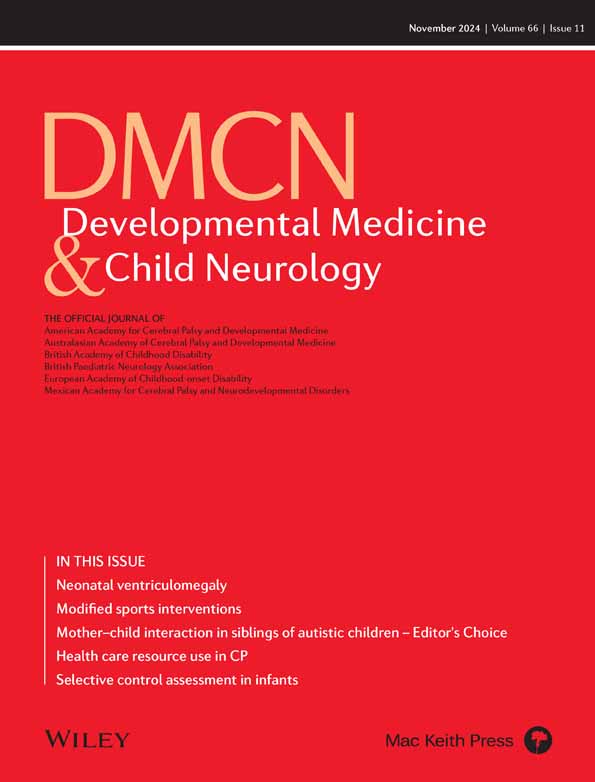The ICF as a socio-psycho-biological model for the full participation of disabled individuals
The International Classification of Functioning, Disability and Health (ICF), developed by the World Health Organization (WHO) and endorsed in 2001, brought about a revolutionary approach to understanding and addressing disability. In contrast to the previous version, which suggested a linear sequence between impairments, disabilities, and handicaps, the ICF biopsychosocial model aimed to integrate the medical model of disability that had been prominent for two centuries with the social model, which prevailed in the late 20th century. Still, the ICF has been criticized for prioritizing the biological over the psychological and the social.1 On the other hand, the risk for health becoming understood as an all-embracing concept to make sense of human conditions has been highlighted.2 To counter this, Simon and Kraus de Camargo have flipped the ICF framework around, thereby drawing initial attention to personal factors, then environmental factors, prior to focusing on participation, followed by activities, ending with body functions and structures, and finally, medical diagnosis.3 In order to better emphasize the ability of social influences to shape health outcomes, Haslam et al. reformulated the ICF as a ‘sociopsychobio model’ that positions social elements as primary drivers of health, while highlighting the dynamic interplay of social, psychological, and biological factors.1
In applying the ICF framework in disability practice, social participation has increasingly been emphasized. In this perspective, participation is a principle of society, regarded as a complex dynamic outcome emerging from interactions between individuals (and groups) through reciprocal social roles that are associated with cultural expectations. For instance, we perceive a physician based on our mental image of what a physician is, what we believe she can do, and the context in which she does it. These mental representations of each other's actions gradually shape the reciprocal roles that members of the society assume. The patient engages in a largely predefined, consensual set of interactions with the individual identified and acting as a therapist in an ongoing transactional process.
The concept of disability originates in the social role of the disabled individual. As a component of society, this role is not easily prone to change. This cultural assignment (often a self-assumed identity marker) is so robust that it frequently survives even where the ICF model has been influential.4 Any individual may have multiple social roles simultaneously or in succession – chorister, Boy/Girl Scout, offspring, sibling, friend, student, football supporter, patient, holidaymaker, etc. But it may prove difficult to (re)connect the individual with society through the ICF despite its holistic design, because it tends to compartmentalize the various components (body functions and structures, activities, and participation) on the same level, separate from personal and environmental factors, which are regarded as contextual. It would be more useful to recognize that participation and environmental factors are inextricably linked, as this is what a just society is all about.
One of many practical examples of the health-relevant potential of social processes is evidenced in group-based interventions. Traditionally, positive outcomes have often been attributed to individual-level processes related to the intervention's primary content, overlooking the group as an active ingredient with distinctive higher-order contributions.5
More generally, an individual's participation should always be valued for what it is. As stated by the WHO when they first presented the ICF, ‘… it is the collective responsibility of society at large to make the environmental modifications necessary for full participation of individuals with disabilities in all areas of social life’. The risk of reinforcing social categorization and stereotypes, and thus further stigmatizing and alienating individuals with disabilities, needs to be mitigated to allow individuals to engage freely in other social roles and not to be confined to the role of being ‘disabled’.


In this issue
• An invited review in our methodology series presents state-of-the-art observational study design, analysis, and reporting, drawing examples from disability research.• Another invited narrative review, in our neonatal ultrasound series, discusses and illustrates how cranial ultrasonography in neonates with ventriculomegaly can help characterize pathophysiology, guide intervention decision making, and inform about prognosis.• A scoping review of modified sports interventions for disabled children and adolescents (also available in Portuguese) analyzes aims, targets, active ingredients, and mechanisms of action.• My Editor’s Choice is a cross-sectional study that documents parenting style and mother–child relationships in unaffected siblings of autistic children in the Chinese context.• A population-based study of children with Dravet syndrome found that 61% fulfilled diagnostic criteria for autism and 32% for ADHD.• A retrospective case–control study of patients with GLUT1 deficiency syndrome finds clinical clues to ease distinction between epileptic and non-epileptic seizures.• Data on health care service use from a prospective longitudinal cohort study of children with cerebral palsy (CP) in Australia lead to the identification of factors influencing CP-related costs.• A CP registry based on hospital surveillance in Suriname provides new epidemiological data.• A retrospective cohort study of adult with CP with operated ankle fracture documented odds for postoperative adverse events.• Finally, several papers comprehensively describe the development and validation of an assessment tool of selective joint control in spontaneously moving infants to detect spastic CP, its topography and gross motor function outcome, based on a short standardized video recording.
Open Research
DATA AVAILABILITY STATEMENT
Not required.




